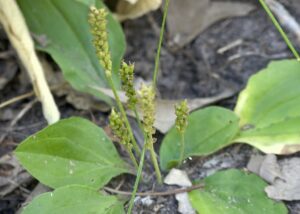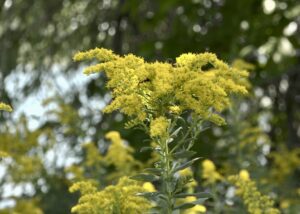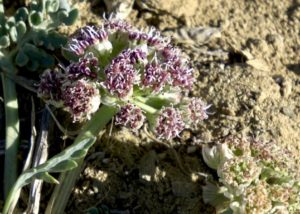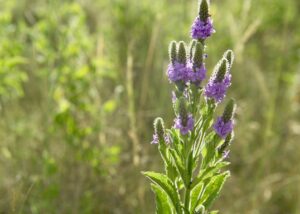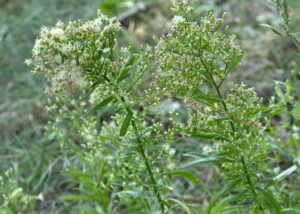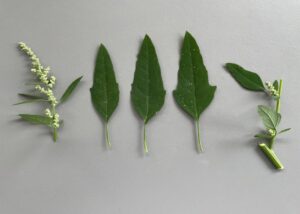Burr Oak
Linda Black Elk discusses Burr Oak, a principal food source for the seven council fires (Lakota, Dakota, Nakota) as well as Ojibwe and other tribes. The acorns of this species provide an abundant source of protein and carbohydrates within its edible seed. Although it can be eaten raw, acorns are usually boiled and leached and then roasted to make acorn mush. This can be eaten like porridge with maple syrup (also a local native food), or as a component of other dishes. Cobbler, pesto, salads, and stews could include this versatile and tasty ingredient and the ground nuts were made into flour for baked goods.
As a staple food these acorns have many health benefits as a prebiotic for gut health and as a stabilizer of blood sugar.
The acorns, as well as the bark and to a lesser extent the leaves are astringents with a high tannin content which makes them medicinal for poison ivy and other rashes and burns. They can be brooded into a tea to take internally for diarrhea.
This species played a central role in many tribal cultures throughout North America.

